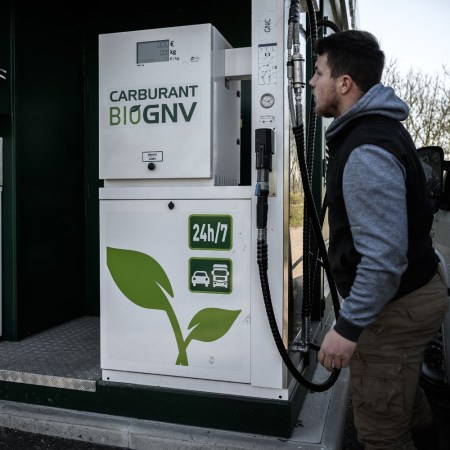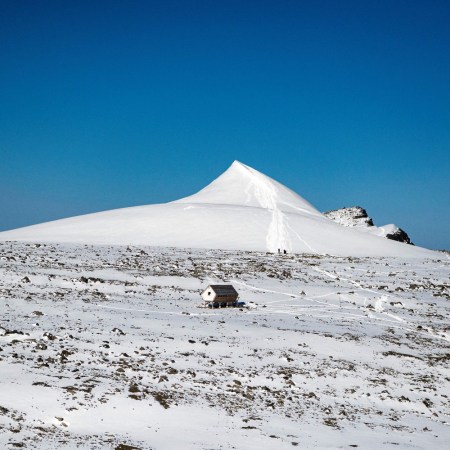Unfortunately, there’s been an abundance of evidence of climate change this summer — with little respite in sight. From flooded subways in New York City to raging wildfires in California, the nation has abounded with cataclysmic weather and worrying signs of the damage humanity has done to the natural world. One of the most dramatic signs of climate change has come in the western United States, where reservoirs are at record lows — both an indication of how bad things have gotten and a milestone that could lead to more catastrophes in the short term.
Writing at The Washington Post, Diana Leonard, Laris Karklis and Zach Levitt have more details on the drought. They write that Lake Mead, which is situated near Las Vegas, “is at its lowest level since the lake filled after the construction of the Hoover dam in the 1930s.” Nearby Lake Powell is at 34% of its total capacity, and if current trends continue, it could affect its ability to generate power.
Given that the reliability of power grids in nearby Texas is also an issue, the possibility of further power outages west of the Mississippi in the coming years is unnerving, to say the least.
These aren’t the only reservoirs cited in the Post article, either. The authors also warn that California’s Lake Shasta and Lake Oroville could reach record lows over the summer. At issue here is snow from the mountains, which usually ends up melting and reaching nearby bodies of water. With the onset of climate change, that water is unable to make it that far — making an already bad situation worse.
The effects of this drought creates concerns for local populations, power grids and fish and wildlife — all of which face a far more uncertain future.
Thanks for reading InsideHook. Sign up for our daily newsletter and be in the know.


















